No products in the cart.

Select skin type
Neither oily nor dry, normal skin is smooth, with small pores that are not easily visible. It doesn’t crack or flake, nor is it overly shiny. Normal skin usually has only a few fine lines and wrinkles, and the skin tone is generally even, and the skin feels comfortable. However, even normal skin can occasionally have pimples or areas with excess sebum or dehydrated areas. Every skin is exposed to the sun and the effects of time. In addition, women’s skin can be affected by hormonal changes during pregnancy or menopause.
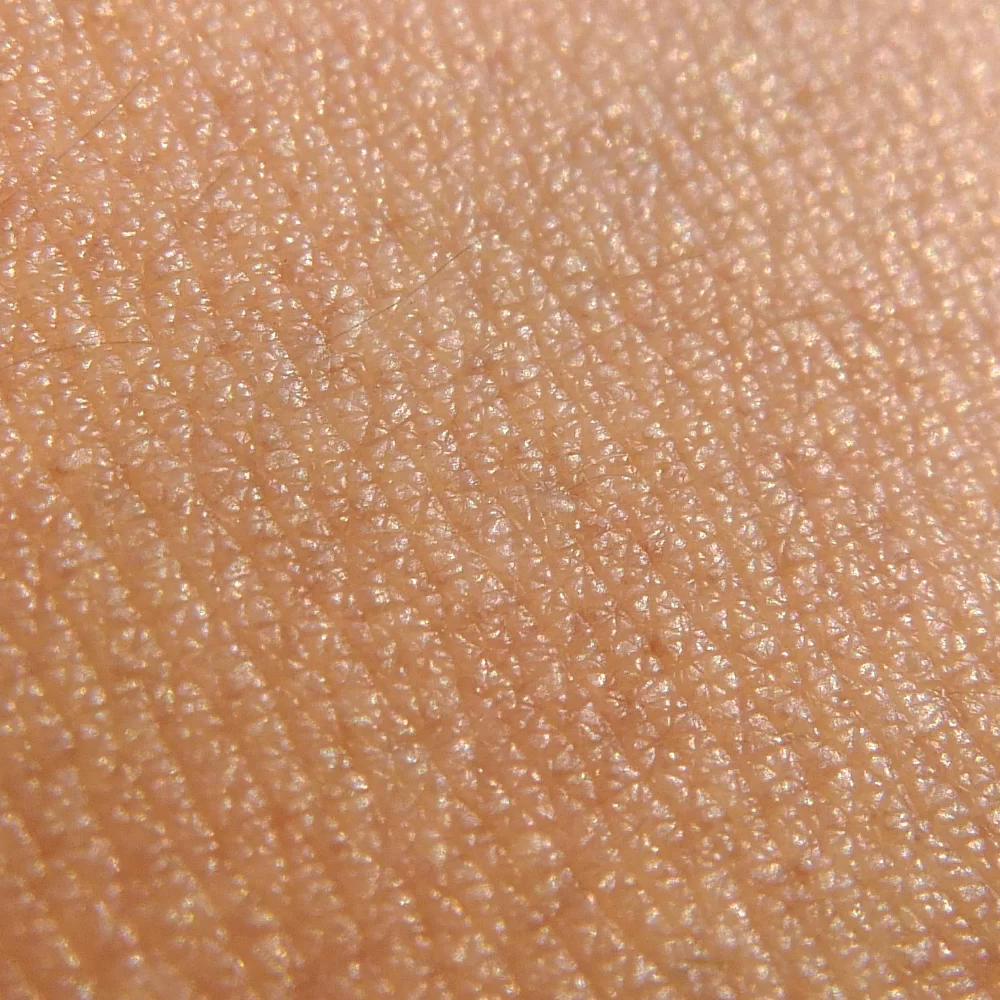
People with dry skin have the sensation of “tightening” skin. They can also have scales and generally have almost invisible pores. They may also have premature wrinkles and suffer from periodic skin irritations. People with very dry skin have skin that becomes thinner, rougher, less supple and flakes may appear. There may be times when the skin may show areas of abnormal and very pronounced dryness, associated with areas with a rough, lackluster appearance and with small wrinkles.
Combination skin has two or more different skin types on the face, this is the most common skin type and can sometimes be difficult to identify and treat. There is usually dry, flaky skin on some parts of the face and excessively oily skin on others. Many people mistakenly believe they have oily skin, when in fact they have a combination skin type. Unless a person’s skin is oily all over, then there are patches of dry or normal skin that actually indicate combination skin.
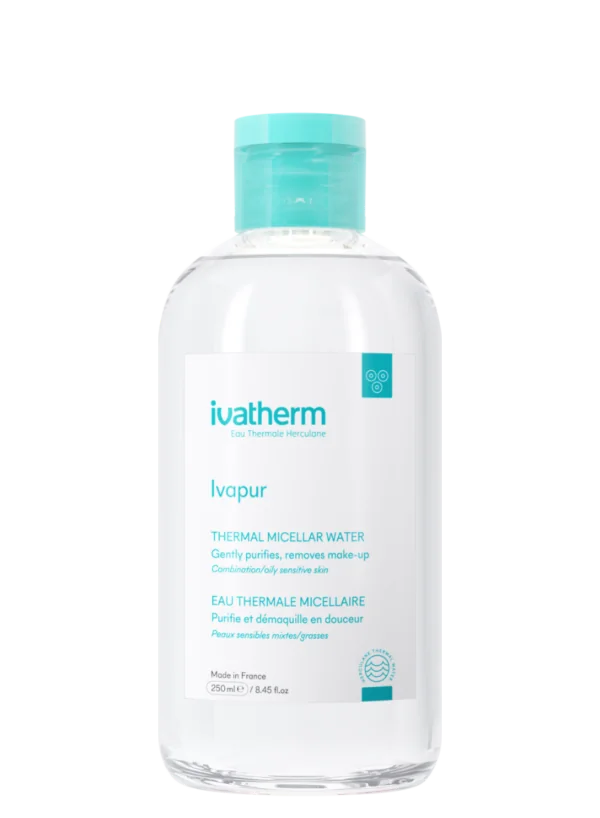
SENSITIVE, COMBINATION OR OILY SKIN
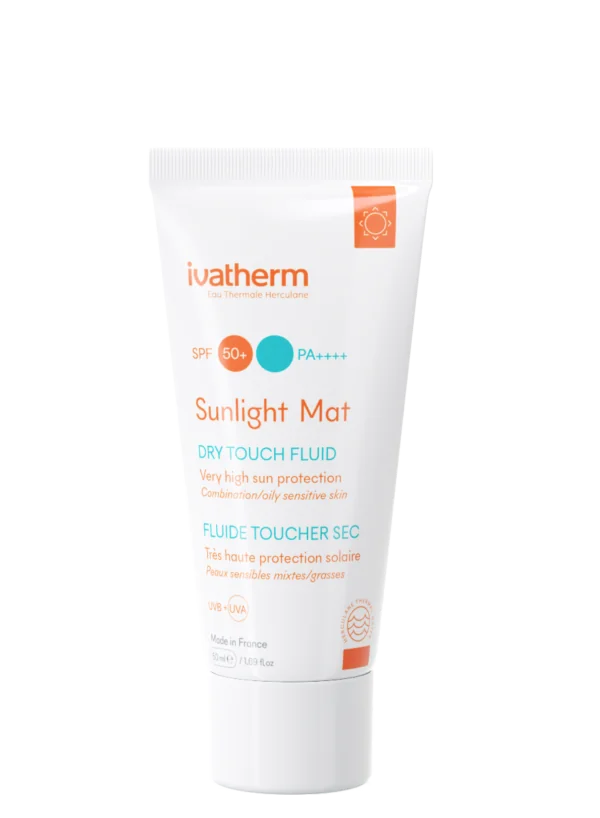
SENSITIVE combination OR OILY SKIN

SENSITIVE Combination OR OILY SKIN
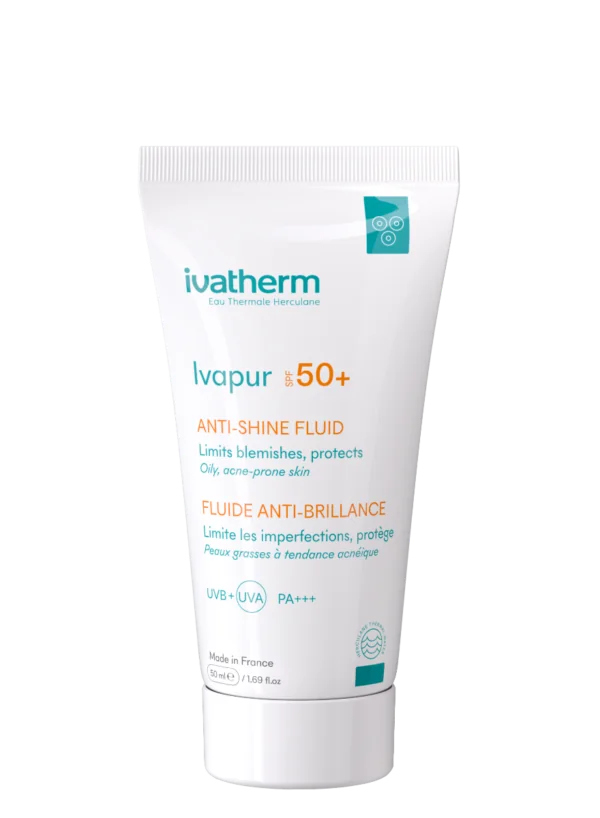
SENSITIVE Combination OR OILY SKIN
People with oily skin have more shine to their facial skin, with large, visible pores and may experience uncomfortable acne breakouts. Oily skin is due to both genetic factors and hormonal changes. Those with a genetic predisposition produce more sebum, an oily substance meant to help keep the skin smooth and hydrated. Sebum gets from inside the sebaceous glands to the surface of the skin through pores and hair follicles.

SENSITIVE Combination OR OILY SKIN

SENSITIVE combination OR OILY SKIN
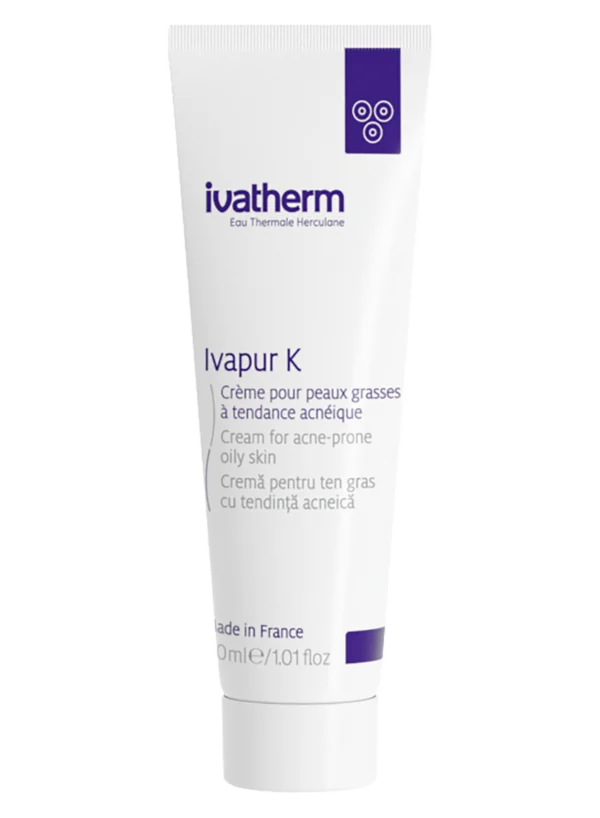
OILY, ACNE-PRONE SKIN

SENSITIVE Combination OR OILY SKIN
Combination or oily skin is characterized by excessive secretion of sebum, which clogs pores and causes acne. In appearance, the skin is shiny, with clogged or dilated pores, especially on the T-zone. Cleansing the skin is an essential step in the care of combination-oily, acne-prone skin. The same is true of the use of dermatocosmetics with ingredients such as: Bakuchiol, with a similar action to retinoids, without their side effects, or Alpha and Beta hydroxy acids (salicylic acid and lactic acid), which provide a light exfoliation, deeply clean pores and promote cell renewal .

SENSITIVE Combination OR OILY SKIN
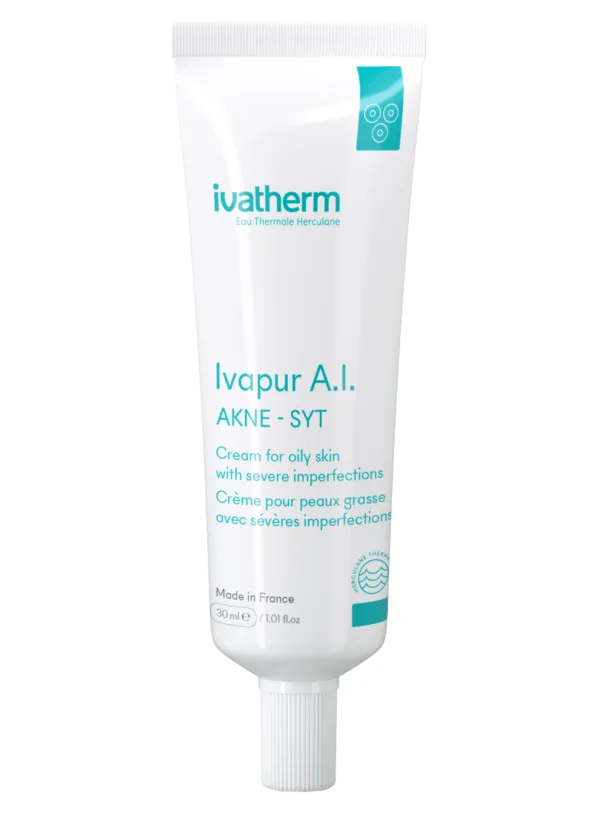
OILY SKIN WITH SEVERE imperfections

OILY, ACNE-PRONE SKIN

SENSITIVE Combination OR OILY SKIN
Very sensitive, intolerant skin presents sensations of stinging, burning and itching, accompanied or not by transient erythema, xerosis and desquamation. They appear about an hour after skin contact with a trigger and last from a few minutes to a few hours. Hypersensitive skin can react to irritants such as perfume, parabens or certain metals (nickel). If the immune system is repeatedly exposed to a certain irritant, a skin allergy such as allergic contact dermatitis can occur.
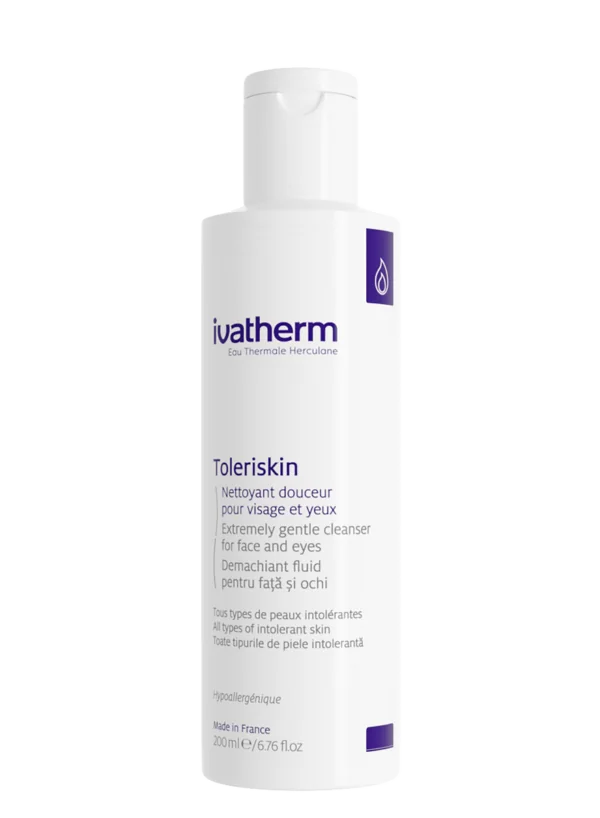
FOR ALL TYPES OF INTOLERANT SKIN
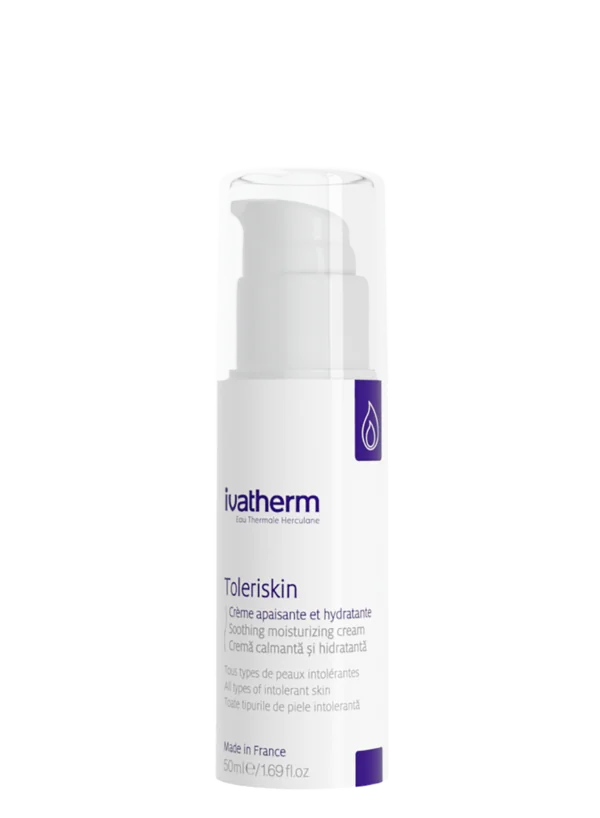
INTOLERANT ULTRASENSITIVE SKIN

SENSITIVE combination OR OILY SKIN
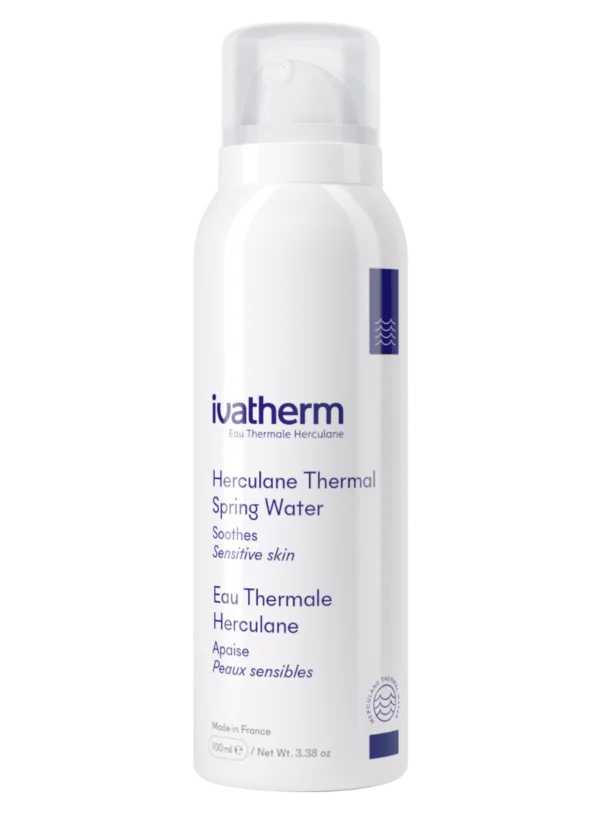
ALL TYPES OF SENSITIVE SKIN
Dry skin is characterized by the appearance of erythema, scaling and red spots. It does not retain water and has low sebum production. Dry skin “holds”, is rough and has a dull, lifeless appearance. It is important to differentiate between dry skin and dehydrated skin. Dry skin is one of the 4 skin types, while dehydrated skin can be a condition of any skin type – oily skin can be dehydrated too. If left untreated, dry skin can lead to cracking and super-infection, so all kinds of moisturizing, emollients, inducing and occlusive ingredients are needed to restore the skin’s barrier function.
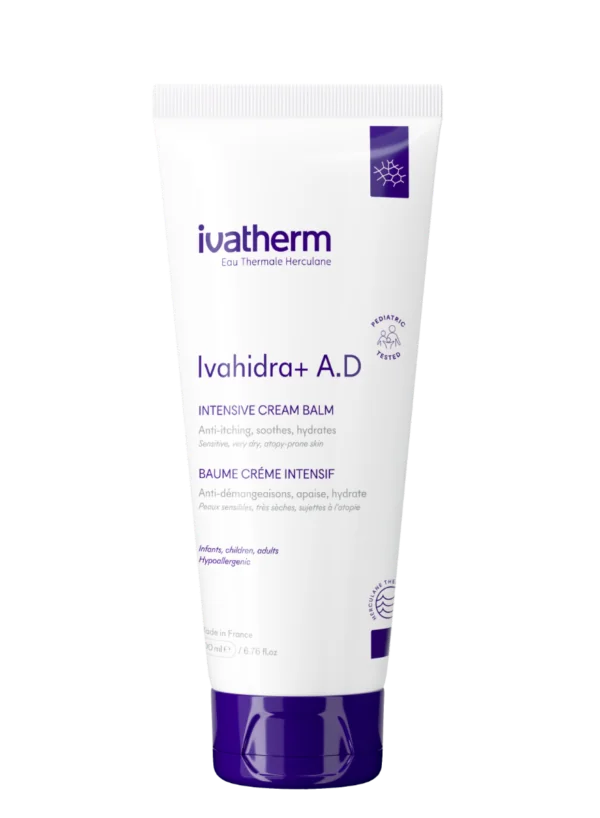
VERY DRY, ATOPIC SKIN
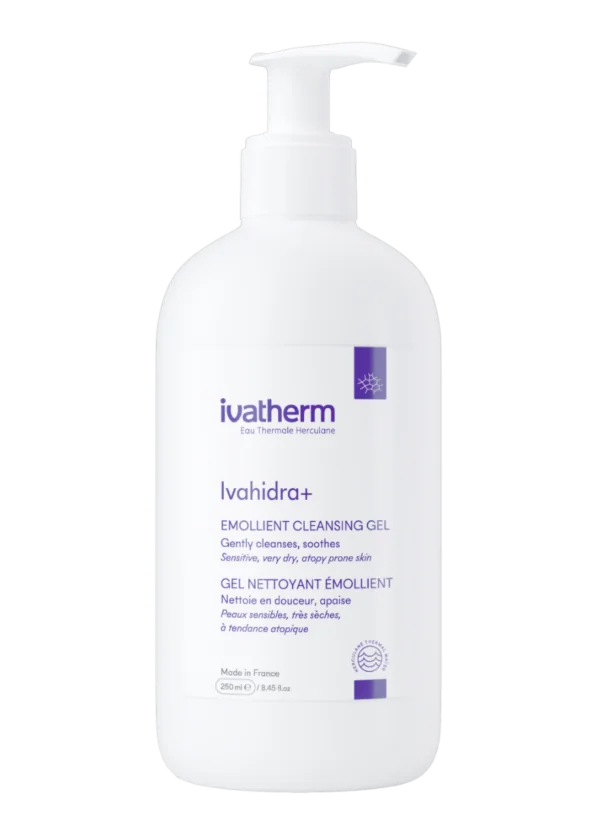
SENSITIVE VERY DRY SKIN
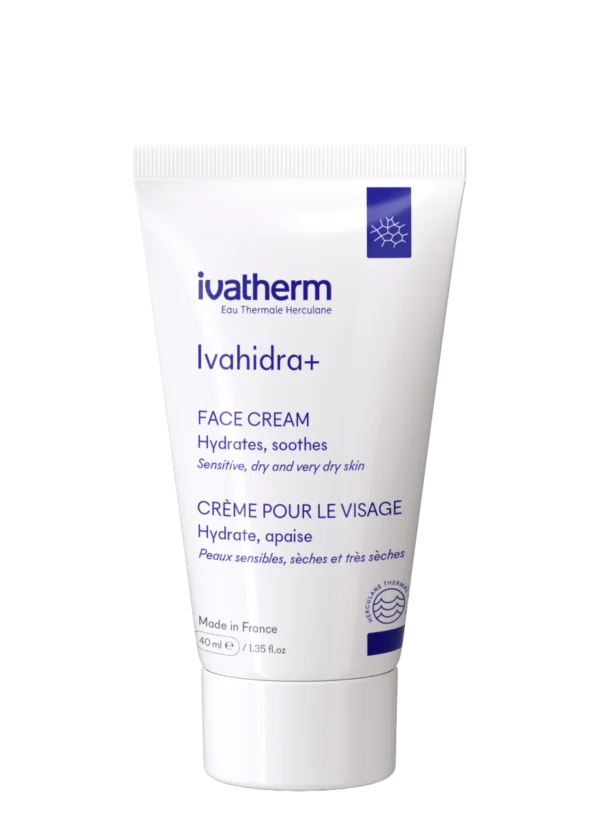
DRY OR VERY DRY SENSITIVE SKIN

ALL TYPES OF SENSITIVE SKIN
Dehydrated skin has a low water content. Lacking suppleness and elasticity, rough to the touch, it wrinkles or flakes visibly. It is important to distinguish between dehydrated skin (without water) and dry skin (without fat). There are situations where normal skin and even oily skin can become dehydrated as a result of the reduction or loss of the hydrolipidic film on the surface. Maintaining an optimal degree of hydration of the epidermis is essential for healthy skin.
The structure of the skin is constantly changing, and recent studies show that starting from the age of 25, collagen synthesis gradually decreases, year by year. Pigment spots appear, lack of firmness appears and wrinkles become more and more obvious. To improve the hydration and elasticity of mature skin, to visibly reduce the depth and number of wrinkles and to stimulate the regeneration of the epidermis, it is recommended to use products containing: hyaluronic acid, peptides, plant stem cells, glycokine, brown algae extract, Viniferol, vitamins A, C and E. Of course, also creams with a high sun protection factor, with antioxidant and anti-wrinkle action.
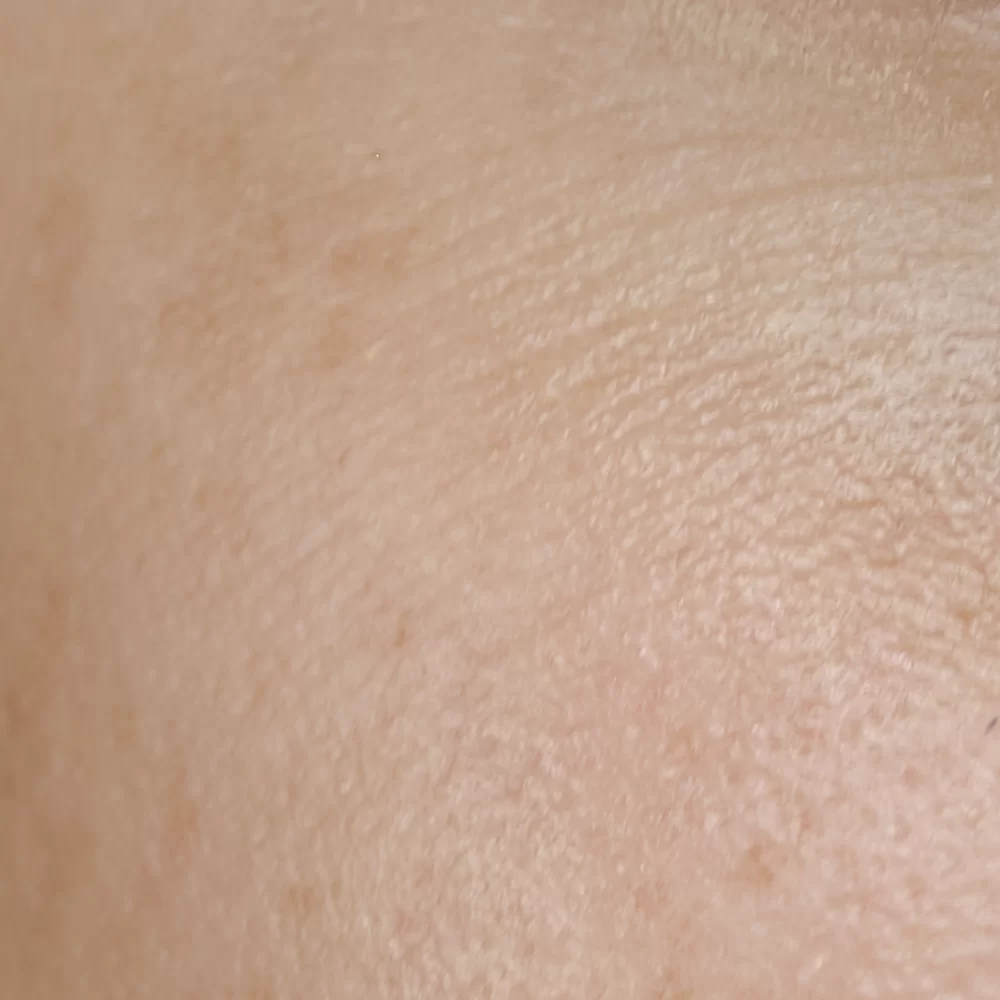
The skin becomes hyperpigmented due to excessive production of melanin, a natural pigment that gives skin, hair and eyes their unique color. Mechanisms of hyperpigmentation include melanin production, storage and transfer. Melanin production is stimulated by the activation of melanocytes by cytokines and enzymes such as tyrosinase and TRP-2. After using a depigmentation treatment, it is recommended to apply a cream with high sun protection to prevent hyperpigmentation. Pigmentation spots can occur as a result of excessive sun exposure or factors such as acne, lupus, hormonal changes or inflammation.

SENSITIVE SKIN WITH HYPERPIGMENTATION
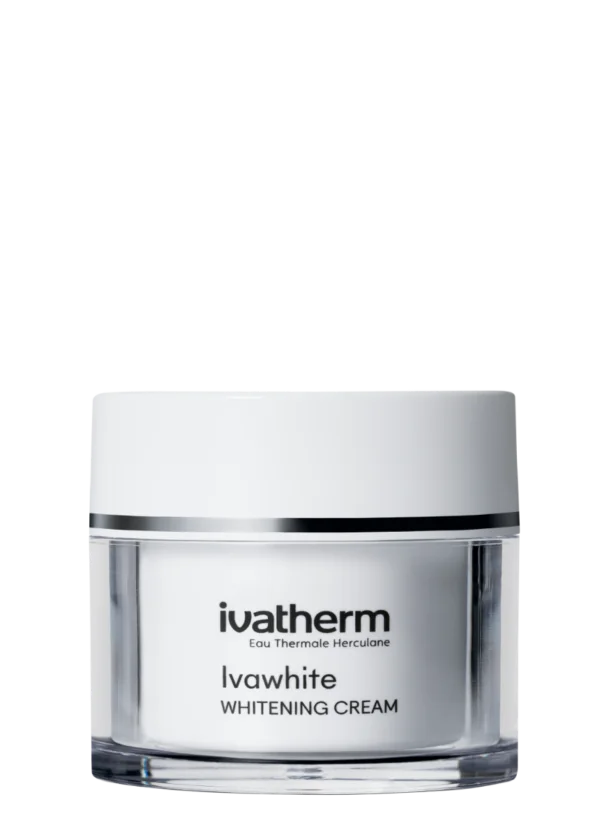
SENSITIVE SKIN WITH HYPERPIGMENTATION
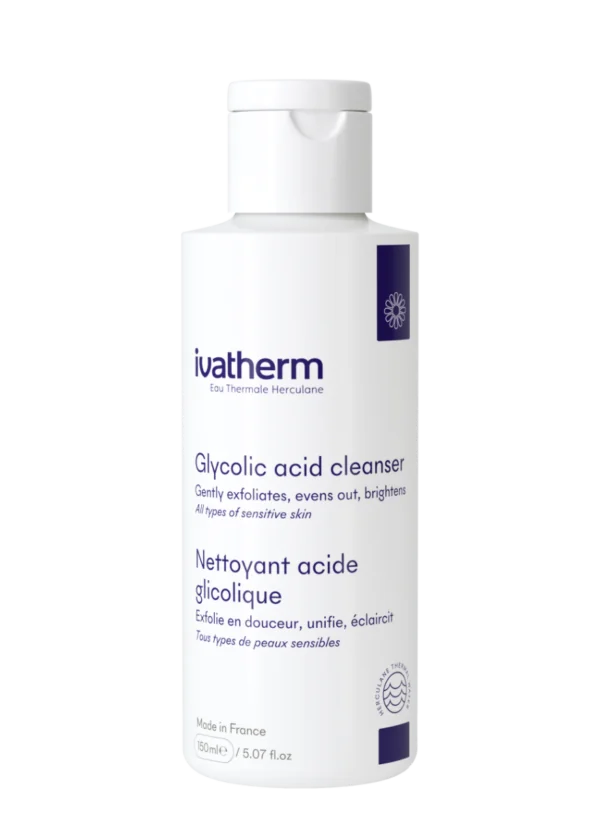
ALL TYPES OF SENSITIVE SKIN

ALL TYPES OF SENSITIVE SKIN
Rosacea is a chronic inflammatory condition with progressive evolution, cuperosis being the first stage of rosacea. The skin feels fragile, there is intermittent or permanent redness, a burning or stinging sensation and visible capillaries. Cuperosis can be improved with the right dermatocosmetics. If you ignore it, it can get worse. Extreme temperatures, very high or very low, sauna, prolonged exposure to UV rays, without sun protection, or spicy food are not recommended. Dermatologists recommend dermocosmetics with reparative, soothing and anti-irritant action on fragile skin.
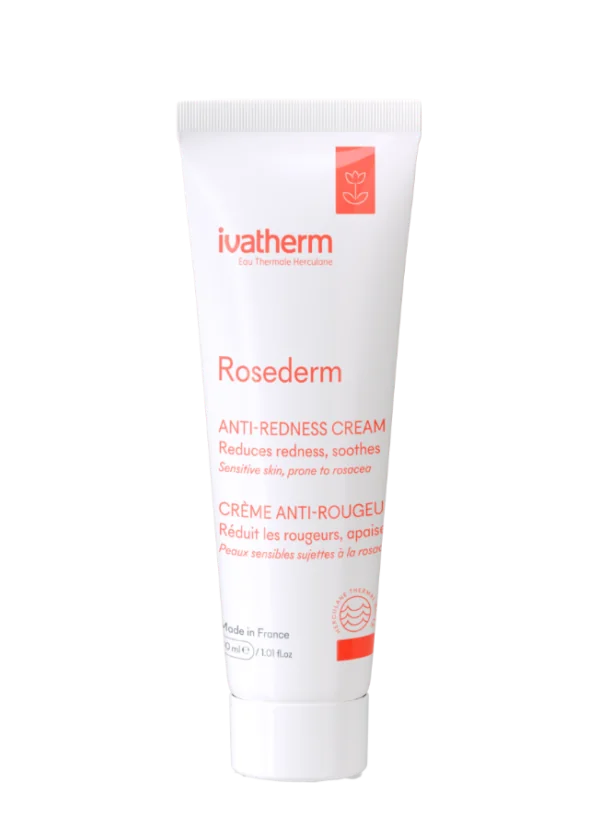
SENSITIVE SKIN with Rosacea
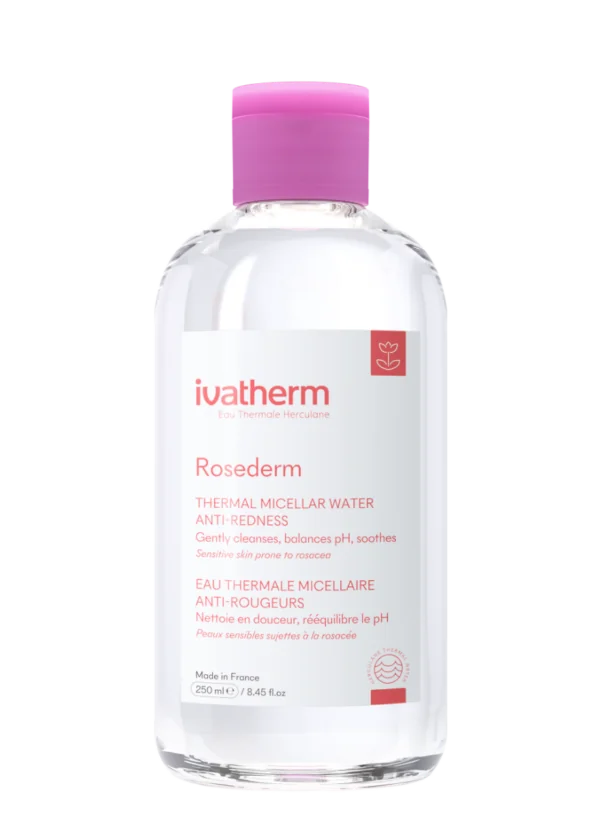
SENSITIVE SKIN with Rosacea
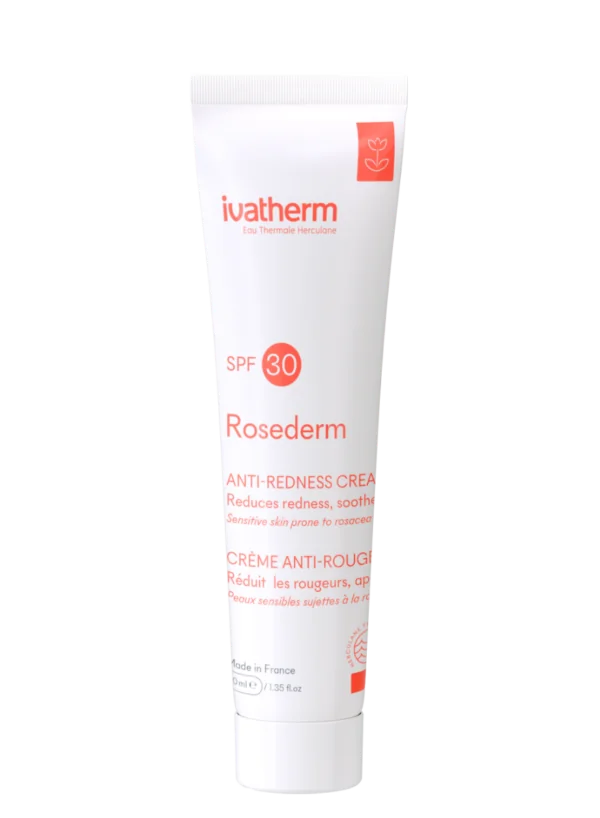
SENSITIVE SKIN with ROSACEA

ALL TYPES OF SENSITIVE SKIN
Seborrheic dermatitis is an inflammatory skin condition characterized by the formation of scales on oily areas such as the nose, forehead, upper back or scalp. Products with anti-inflammatory, antifungal and antibacterial action are recommended, which regulate excessive flaking and reduce sebum production.
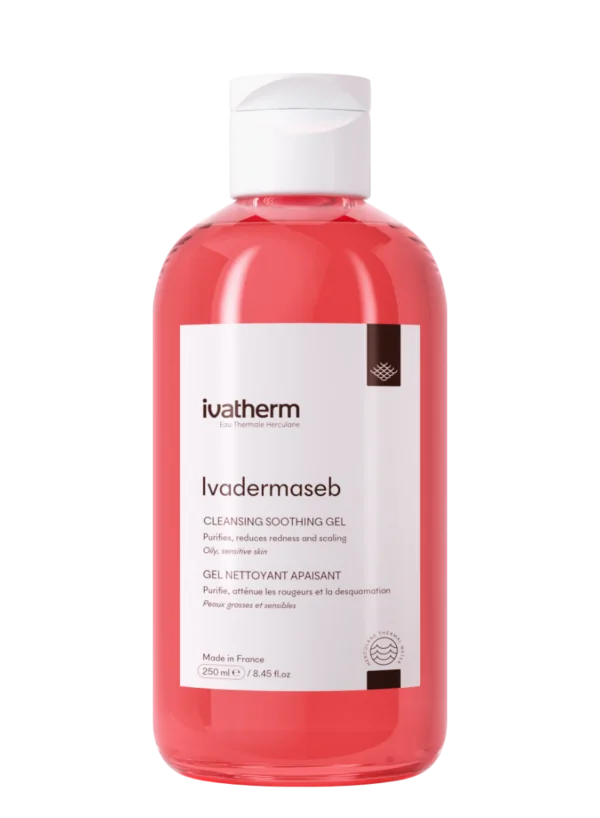
SENSITIVE SKIN WITH REDNESS AND SCALES
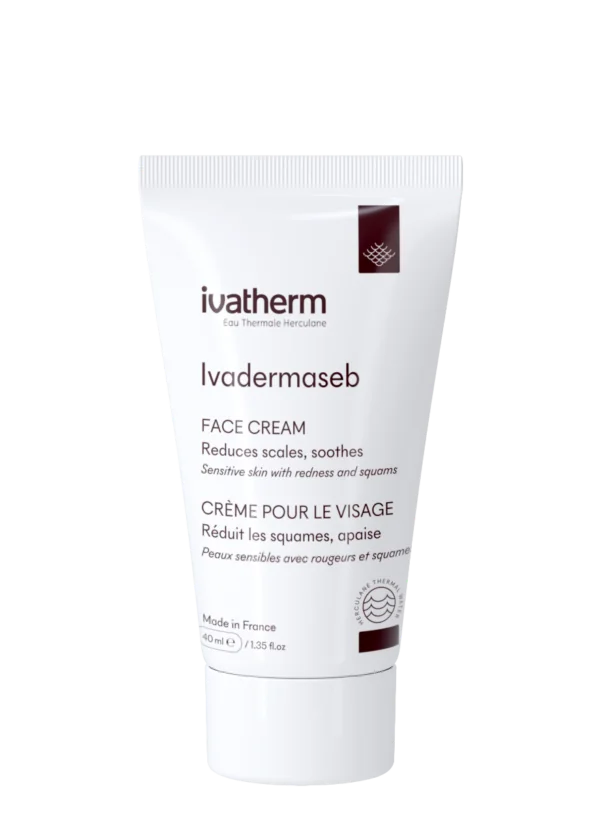
SENSITIVE SKIN WITH REDNESS AND SCALES

SENSITIVE SCALP WITH SEBORRHEA, REDNESS AND SCALES

ALL TYPES OF SENSITIVE SKIN
The healing of open wounds is often a complex process involving several stages, mainly scarring and cellular regeneration of the affected tissue. This healing process can take a long time, but it can be accelerated by applying dermatocosmetic products that soothe, heal and regenerate the skin.
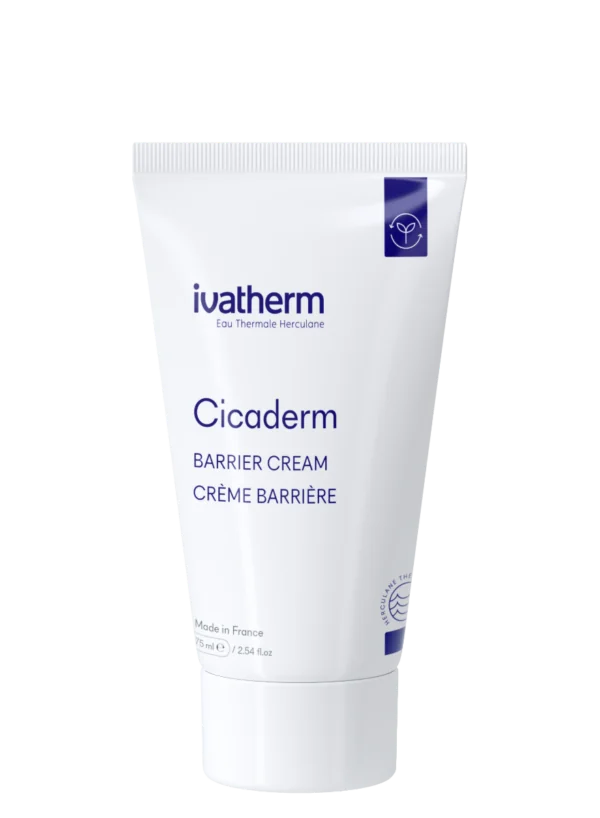
IRRITATED SENSITIVE SKIN
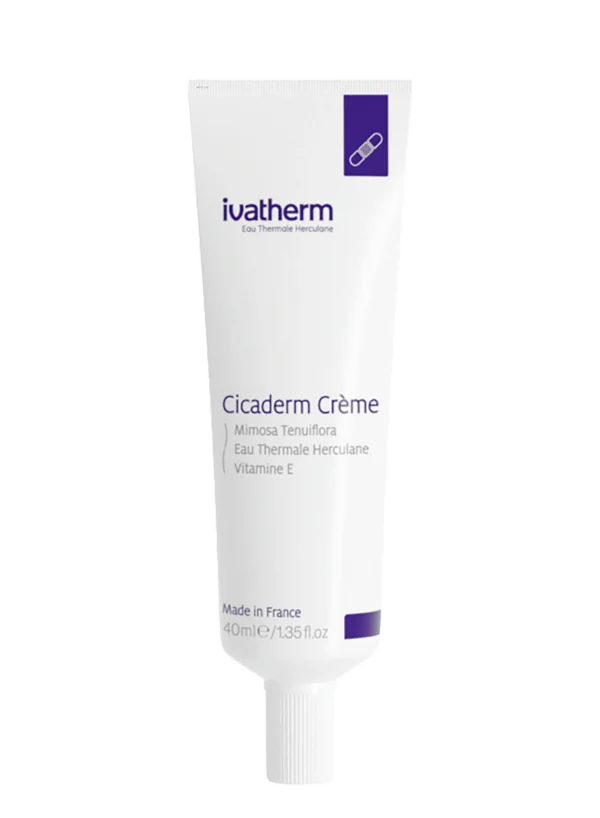
DAMAGED SENSITIVE SKIN

SENSITIVE SKIN WITH MOIST LESIONS

ALL TYPES OF SENSITIVE SKIN
Breaking collagen fibers leads to the appearance of unwanted stretch marks. They have a reddish color at first and with the passage of time they become pearly white. In the area affected by stretch marks, the skin becomes atrophic: it does not tan, it does not sweat, it is not greasy, it does not have hair. Stretch marks can be visibly reduced in size and color or can be prevented by using cosmetics based on emollient oils, fat-soluble vitamins combined with moisturizing, elasticizing and antioxidant substances.

Cellulite is a problem that affects women at least once in their lives. Adipose tissue accumulates, the skin loses its tone and cellulite appears easily, easily on the thighs and hips. A proper diet, proper hydration and exercise are essential to get rid of cellulite. All of these, however, have the desired effect in association with carefully chosen anti-cellulite creams, with the effect of reducing the lipid layer on the thighs, buttocks and abdomen.
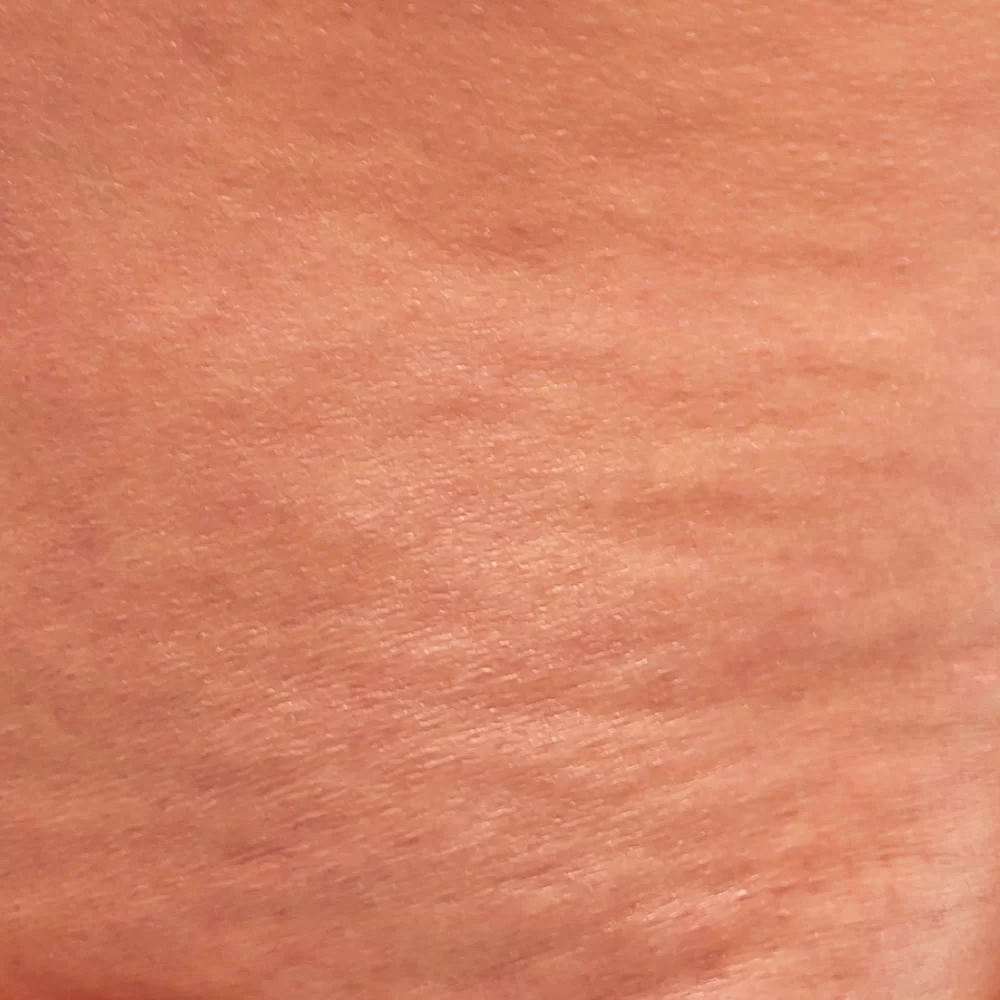
0 products